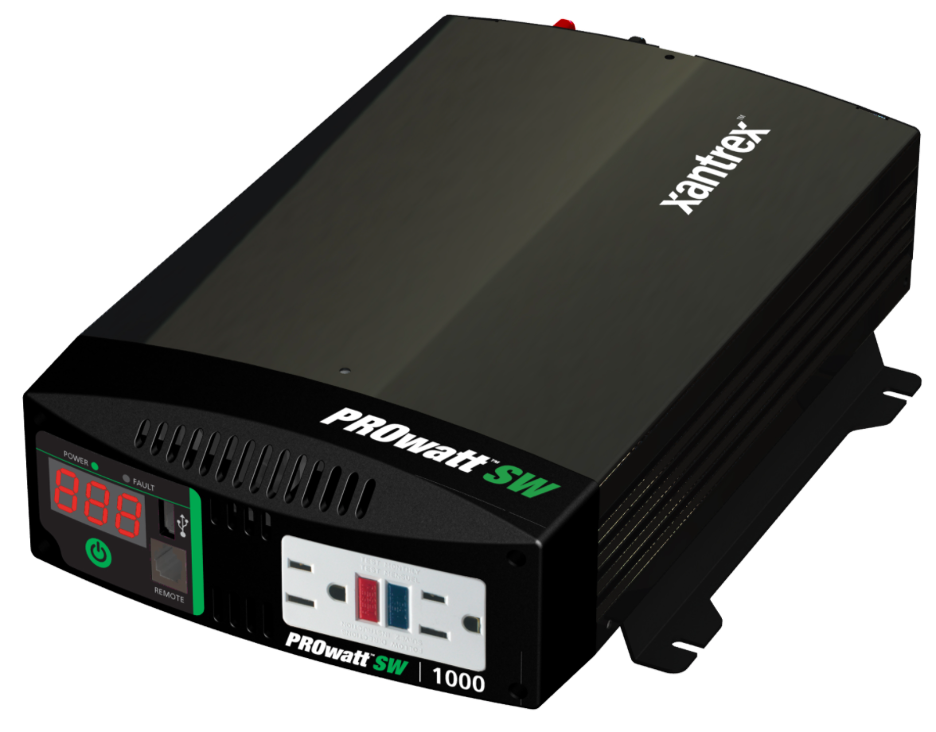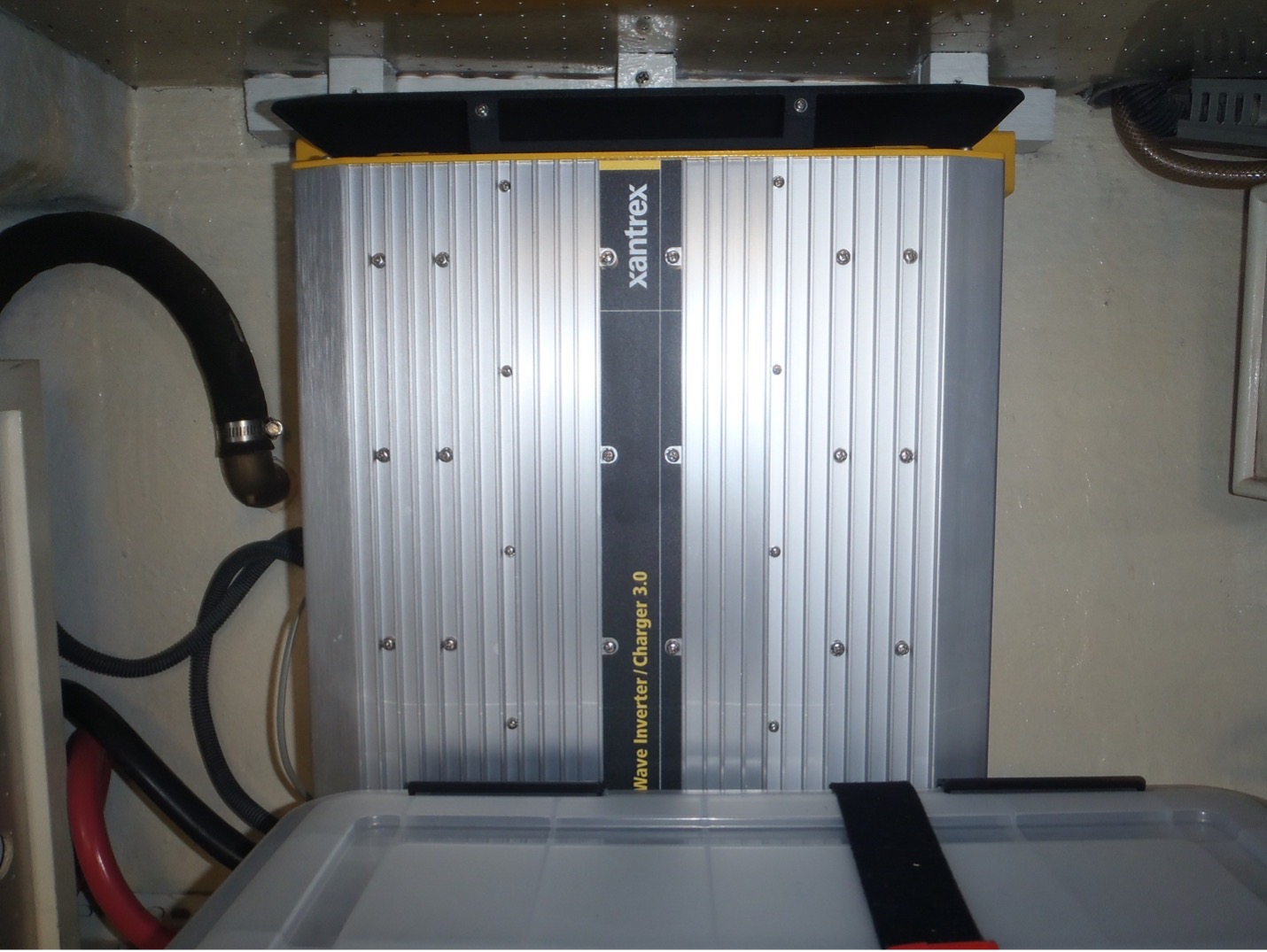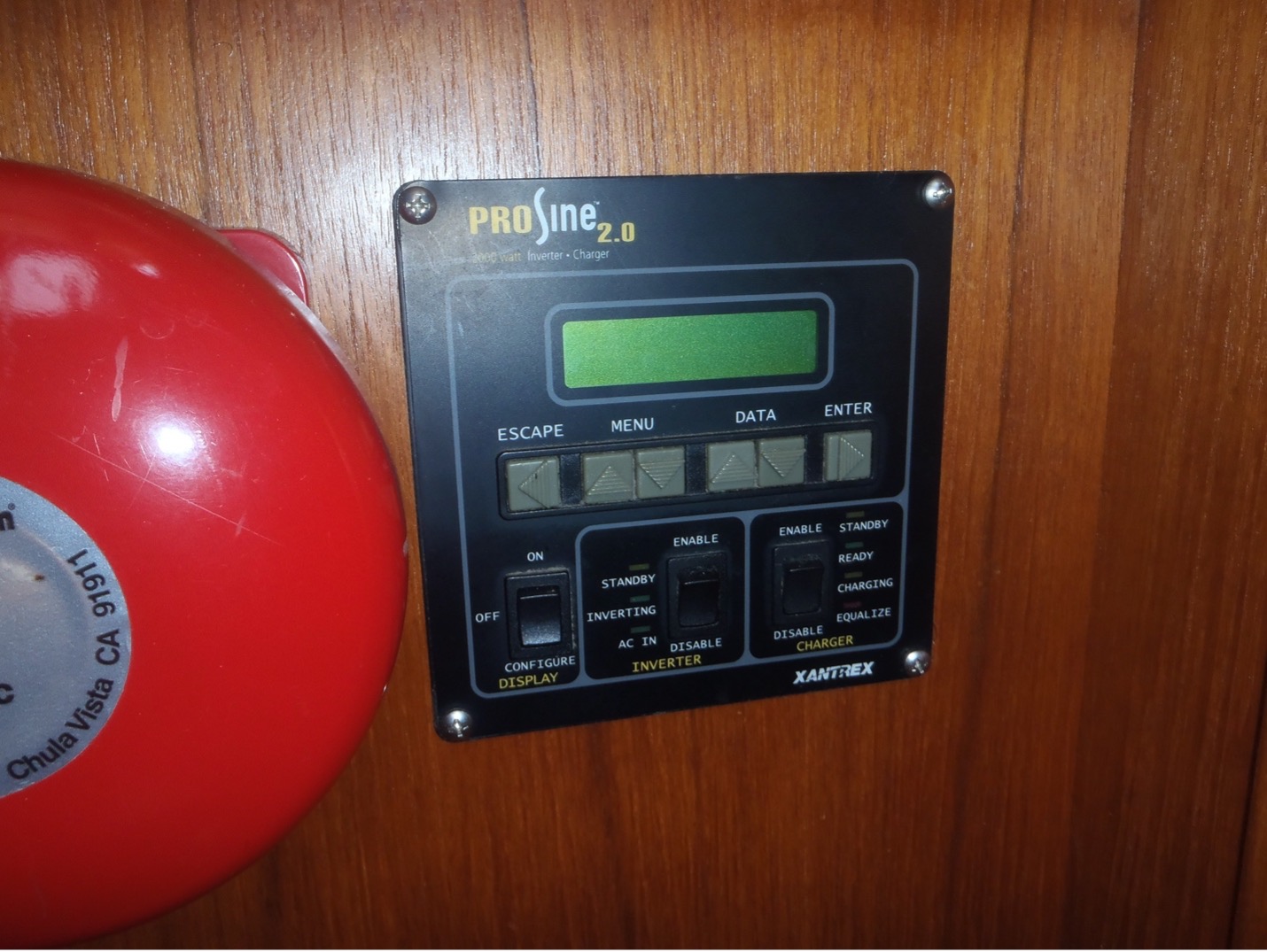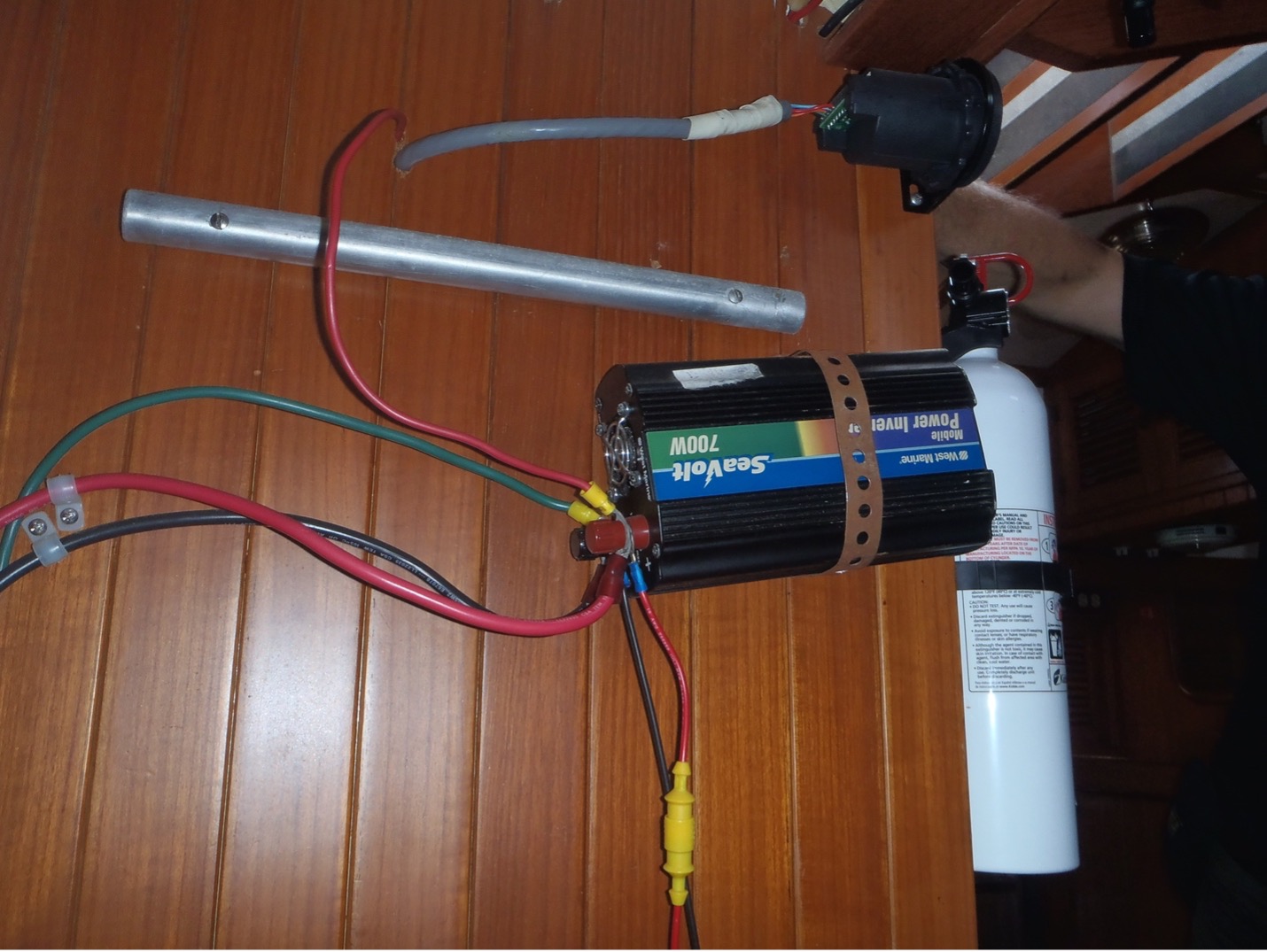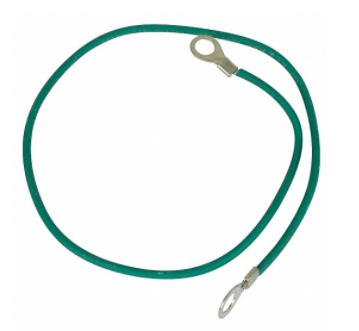Understanding Inverters: How to Choose and Install One
Everybody loves generators, right? Well, maybe not the other boats in the anchorage when someone fires his up at 0-darkthirty to make that pot of morning coffee. That’s where the beauty of having an inverter makes itself known — instant AC power without all the fuss and noise. Here’s how to choose and install an inverter.
What an Inverter Does
Inverters convert the direct current (DC) power stored in a battery bank (typically 12 volts) to 120V alternating current (AC). This permits the use of common household devices such as coffeemakers, power tools, TVs and other appliances without the need to plug into shore power or crank up that noisy generator.
Choosing an Inverter
There are two primary factors to consider when selecting an inverter — output wattage and the type of AC produced.
Size Matters
Inverters come in various sizes based on their output wattage. The more watts an inverter produces, the larger the AC powered device (or number) it can power simultaneously. Smaller, portable inverters of around 300 watts are a popular choice to power smaller electronics, such as laptops. For permanently installed units, a 2,000-watt inverter is one of the most popular choices and a good all-around power choice.
The flip side to selecting inverter size is ensuring there is sufficient battery capacity to support its operation. An inverter should have access to a battery bank that is at least 20 percent as large (in amp-hours) as the inverter output watts. This means that a 2,000-watt inverter would require at least 400Ah of battery capacity. The logic here is that the inverter uses roughly 200Ah of electricity for every 2,000-watt-hours of use. Operating the inverter at maximum capacity for an hour would consume 200Ah and discharge the 400Ah battery bank by 50% (assuming it was fully charged to begin with). Again, this is the absolute minimum, with more battery capacity being better.
All AC Power is Not Equally Created
There two types of inverters — Modified Sine Wave (MSW) or Pure Sine Wave (PSW). The primary advantage of a Modified Sine Wave inverter is cheaper cost. A modified sine wave is not a true sine wave, but rather a stepped wave that is less smooth than a pure sine wave. Disadvantages of this stepped wave can range from buzzing when powering radios, lighting or audio equipment to visual distortion in some televisions.
A Pure Sine Wave inverter provides improved performance and is better for powering motors, pumps and sensitive equipment or electronics. While they cost more, true sine wave inverters provide better service and are the best choice overall.
Another Cost Consideration
Many large inverters also serve double duty as a battery charger when connected to shore power or a generator. This means the cost of a new inverter can be offset somewhat if a battery charger is also required.
Installation Guidelines
While you will want to follow the instructions provided by the manufacturer, here are a few basic considerations that can be applied to most any inverter installation.
1. Choose a Suitable Location for the Inverter
Manufacturers are specific regarding where and how to install their inverters. Per American Boat & Yacht Council (ABYC) standards and recommendations, the location should be well ventilated, easily accessible and meet the manufacturer’s environmental requirements for humidity, water-intrusion protection, ambient temperature and be well away from heat sources (such as dry engine exhaust manifolds).
Inverters should be installed as near as practical (but not directly above) the battery bank that serves them. This minimizes the length of the wire run and reduces the diameter of the conductors needed, both of which can result in significant cost savings.
Lead acid batteries generate corrosive gasses when charging, which is why the inverter should never be mounted directly above battery banks. Inverters are also not ignition protected, meaning they can’t be installed in a potentially explosive environment (such as the engine compartment of a gasoline powered vessel).
2. Install Proper Fuses
The positive DC supply cable for the inverter will require installation of a fuse between the inverter and battery bank. Fuse type and placement will be provided by the manufacturer’s instructions and should also follow ABYC standards and recommendations. For a typical installation, these call for the fuse to be installed no more than 7” from the battery, as well as a “class T” fuse, rather than the cheaper, more common ANL fuse. The installation must also include a battery cutoff/disconnect switch installed in the DC positive cable. This allows securing power to the inverter for servicing or in the event of an emergency.
3. Install a Suitable Chassis Ground Wire
Marine surveyors often complain about the lack of a chassis ground or one that’s too small. The chassis ground must be equal in size to the DC positive conductor. It can also be one size smaller than the DC positive conductor if the fuse in the DC positive conductor is rated no greater than 135% of the ampacity of the DC grounding conductor and the conductor is no smaller than 16 AWG.
4. Provide Wire Run Chafe Protection and Support
To prevent wire chafe and the potential fire hazards associated with it, install adequate chafe protection and ensure that all wires are properly supported along the entire run.
5. Install a Remote Control and Monitoring Panel
A remote panel allows for easy monitoring of inverter status as well as battery-charge levels. This is particularly handy if the inverter is installed in some out of the way location.
Finally, install a sign or placard at the main AC breaker panel warning that the system includes an inverter, which must be turned off (along with any breakers) prior to working on the AC system.
By Capt. Frank Lanier
Captain Frank Lanier is a SAMS® Accredited Marine Surveyor with over 40 years of experience in the marine and diving industry. He’s also an author, public speaker, and multiple award-winning journalist whose articles on seamanship, marine electronics, vessel maintenance and consumer reports appear regularly in numerous marine publications worldwide. He can be reached via his website at www.captfklanier.com
